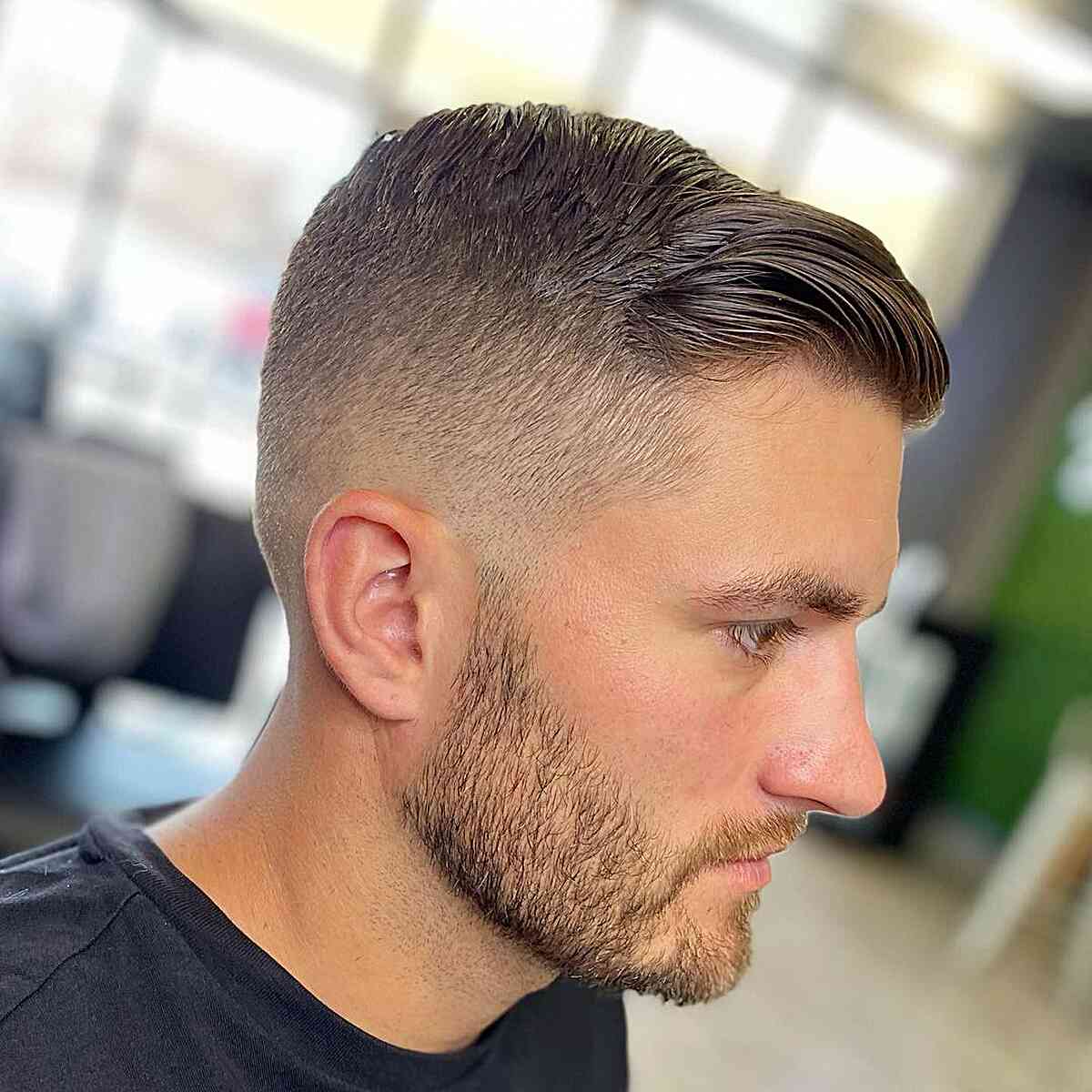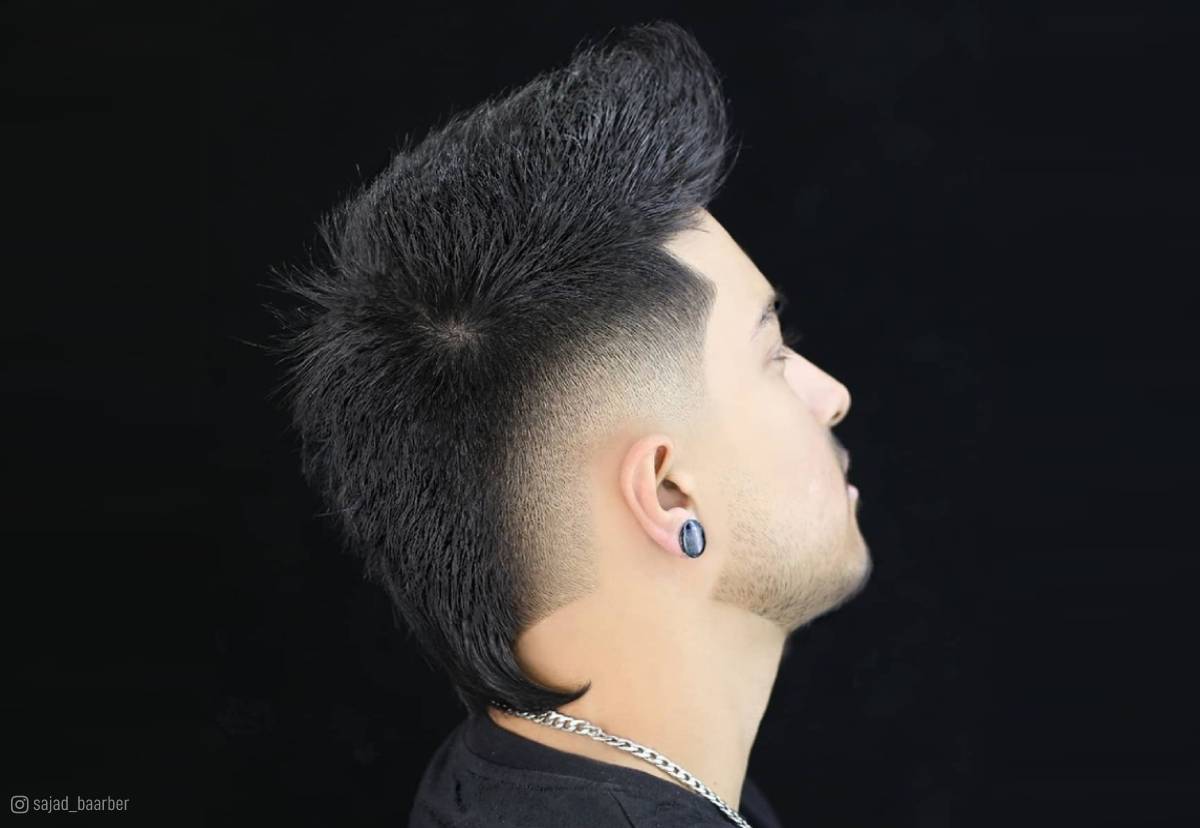When Can I Change My Ear Piercing

Are you tired of your current ear piercing and itching for a change? Whether you’re seeking to switch up your style or simply looking to experiment with different earrings, the question when can I change my ear piercing? is likely on your mind. Knowing the ideal time to make a switch is crucial in ensuring a smooth transition and avoiding any potential complications. In this article, we will delve into the factors that influence when you can safely change your ear piercing and provide some handy tips for a seamless transition. So, if you’re ready to embark on an exciting journey of self-expression through jewelry, keep reading!
Healing Process:
Understanding the timeline for healing is paramount when it comes to changing your ear piercing. It’s important to remember that everyone’s healing process is unique, so timelines can vary from person to person. Generally, the initial healing period for a standard earlobe piercing ranges from six to eight weeks, while cartilage piercings can take up to six months or even longer. During this time, it’s crucial not to rush the healing process by changing your earrings prematurely.
Not only does rushing the healing process increase the risk of infection and irritation, but it can also hinder proper tissue formation. Your body needs time to grow new cells and develop a protective layer around the piercing site – attempting a change too soon disrupts this delicate process. While itching and slight redness are normal symptoms during early stages of healing, it’s essential to resist temptation and allow your body sufficient time to heal naturally.
Signs Of Healing:
- Finally, you’ve gotten that shiny new piercing and now the burning question on your mind is whether it’s healed enough to change out the jewelry. One of the first signs of healing is a decrease in pain and discomfort. If you can touch or move your piercing without any sharp or shooting sensations, it’s a good indication that it’s on its way to being fully healed.
- Another sign of healing is reduced redness and swelling around the piercing site. In the initial days after getting pierced, inflammation is normal, but as time progresses, these symptoms should subside significantly. Keep an eye out for any pus or discharge as well – if there are no more visible signs of infection or excessive fluid production, it means your body has successfully fought off any potential infections and healing is well underway.
- Additionally, pay attention to how your body reacts when you clean or touch your piercing. If you notice minimal tenderness and little to no bleeding during cleaning sessions, this suggests that the area has become less sensitive and is starting to heal properly. Remember though, everyone’s healing process varies slightly so always consult with a professional piercer before making any changes to ensure complete safety and success in changing your ear piercing.
When It’s Safe To Switch Earrings
When it comes to changing jewelry, especially earrings, it’s essential to be cautious and wait for the appropriate time. Rushing this process can lead to complications such as infections or irritations. While healing times can vary depending on factors like individual body response, location of the piercing, and aftercare routines, a general timeframe suggests waiting at least 6-8 weeks for earlobe piercings and 8-10 weeks for cartilage piercings before changing earrings.
It’s worth noting that healing is an ongoing process, with piercings often continuing to heal for several months or even up to a year. Changing earrings too soon can disrupt this healing process and increase the risk of complications. Furthermore, if you’ve experienced any discomfort or irritation during the initial healing period, it may be wise to hold off on switching earrings until those symptoms have completely subsided.
Ultimately, patience is key when it comes to changing jewelry in newly pierced ears. Following proper aftercare instructions diligently and allowing sufficient time for healing will help ensure a smooth transition from one set of earrings to another without compromising your overall ear health. Remember, beautiful jewelry is worthy of admiration but not at the cost of your well-being!
Aftercare Tips:
Once you’ve gotten your new ear piercing, it’s important to maintain good hygiene and prevent infections during the aftercare process.
- Firstly, always remember to wash your hands thoroughly before touching your piercings. This helps reduce the risk of introducing any harmful bacteria into the freshly pierced area. Additionally, regularly cleaning the piercings with a saline or saltwater solution can effectively remove any bacteria or debris that may have accumulated.
- Taking proper care of your piercings also includes avoiding certain activities that could lead to infections. For instance, be cautious while swimming in pools, hot tubs, or natural bodies of water as they can contain high levels of bacteria that can enter through the open wound. It’s best to wait until your piercing is fully healed before indulging in these activities to minimize the risk.
- Lastly, ensure you don’t neglect everyday items like hats or headphones when caring for your new ear piercing. These items can harbor bacteria and transfer them onto the metal jewelry, leading to potential infections. Regularly clean such items with gentle antibacterial soap and avoid sharing them with others until your piercing has completely healed.
By following these aftercare tips and maintaining good hygiene practices during the healing process, you’ll significantly reduce the chances of encountering any infection risks associated with getting a new ear piercing. Remember that consistent care is crucial — even though it may seem tedious at times — as it ensures a healthy and hassle-free healing experience for you!
Conclusion:
In conclusion, it is essential to take your time and prioritize safety when considering changing your ear piercing. Rushing into the process can lead to infections, irritations, and even permanent damage to your ears. It’s crucial to wait until your initial piercing has fully healed before attempting any changes.
Moreover, prioritizing safety means doing thorough research on the type of earring you want and understanding how it will affect your ear’s healing process. Each person’s body reacts differently to various materials, so what works for someone else may not work for you. Consult with a professional piercer who can guide you through the steps, recommend suitable jewelry options, and ensure that all safety precautions are taken.
Remember that your health should always come first when it comes to altering or replacing ear piercings. Take the necessary time needed for healing before making any changes and always listen to your body throughout the process. By being patient and prioritizing safety, you can enjoy a stylish earring collection without compromising your well-being in the long run.







